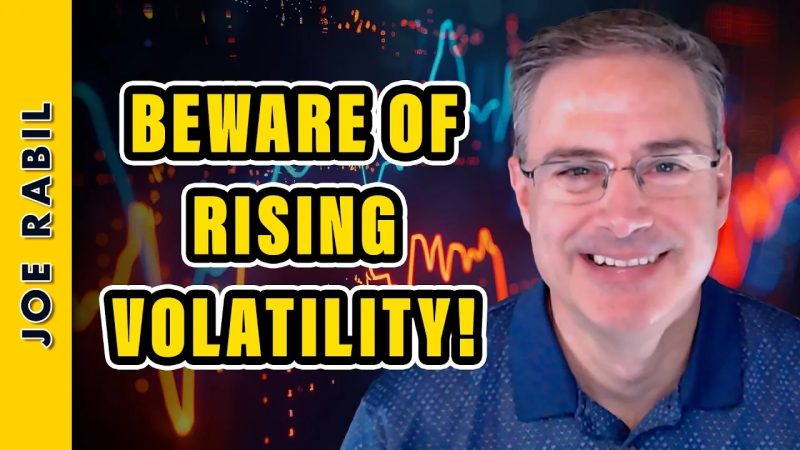In recent times, the financial markets have been witnessing a notable increase in volatility, prompting investors and analysts to closely monitor and adapt to these shifting dynamics. This surge in volatility can be attributed to a combination of factors such as economic uncertainties, geopolitical tensions, changing global dynamics, and shifting investor sentiment. As a result, understanding the implications of rising volatility on the current market landscape becomes crucial for making informed investment decisions.
One of the key consequences of heightened volatility is increased risk and uncertainty in the market. As asset prices fluctuate more widely and rapidly, investors are faced with greater challenges in predicting market movements and assessing the potential risks associated with their investments. This heightened level of uncertainty can lead to increased market fluctuations, impacting the performance of individual stocks, sectors, and even entire markets.
Moreover, rising volatility can also affect investor behavior and market sentiment. When markets become more turbulent, investors may become more risk-averse or exhibit herd behavior, leading to exaggerated market movements and potential overreactions to news or events. This can create opportunities for savvy investors to capitalize on market mispricings, but also poses risks for those who may succumb to emotional decision-making in volatile market conditions.
Another significant implication of increased volatility is the impact on portfolio diversification. Traditional diversification strategies may be challenged in a high-volatility environment as correlations between different asset classes, sectors, and geographies can become more pronounced. This highlights the importance of dynamic asset allocation and risk management strategies to navigate the changing market dynamics and preserve portfolio value during turbulent times.
Furthermore, rising volatility can have widespread implications for various market participants, including institutional investors, individual traders, and corporate entities. Institutional investors may need to reassess their risk management practices and investment strategies to adapt to changing market conditions and protect their portfolios from undue risk exposure. Individual traders may find it challenging to navigate the increased market noise and heightened emotions that come with volatile markets, requiring a disciplined approach to decision-making and risk management.
In conclusion, the current market environment characterized by rising volatility presents both challenges and opportunities for investors and market participants. Understanding the implications of heightened volatility on asset prices, investor behavior, and portfolio diversification is essential for making sound investment decisions in turbulent times. By staying informed, maintaining a disciplined approach to risk management, and adapting to changing market conditions, investors can navigate the challenges posed by rising volatility and position themselves to capitalize on opportunities that may arise in an uncertain and rapidly evolving market landscape.

